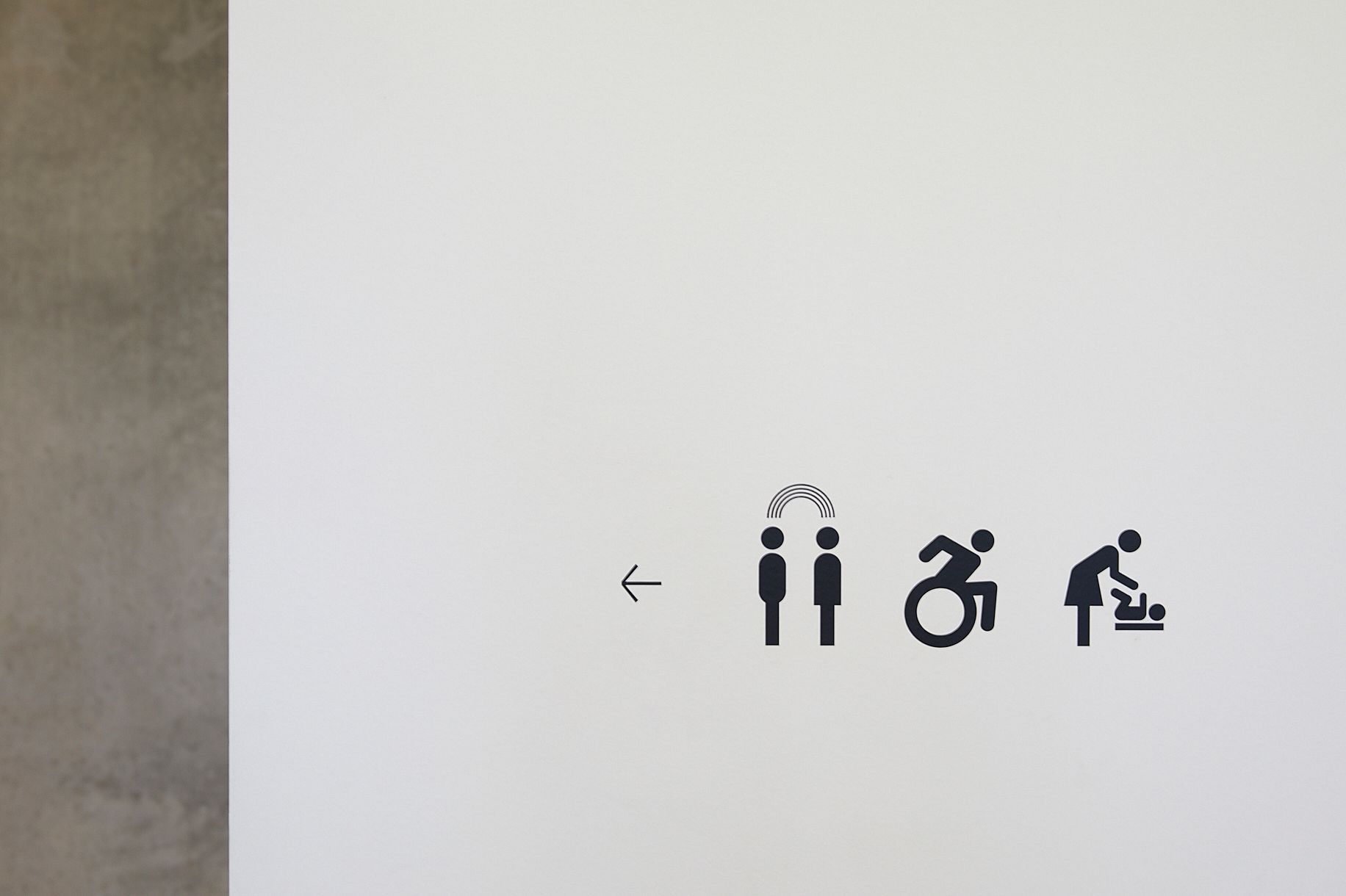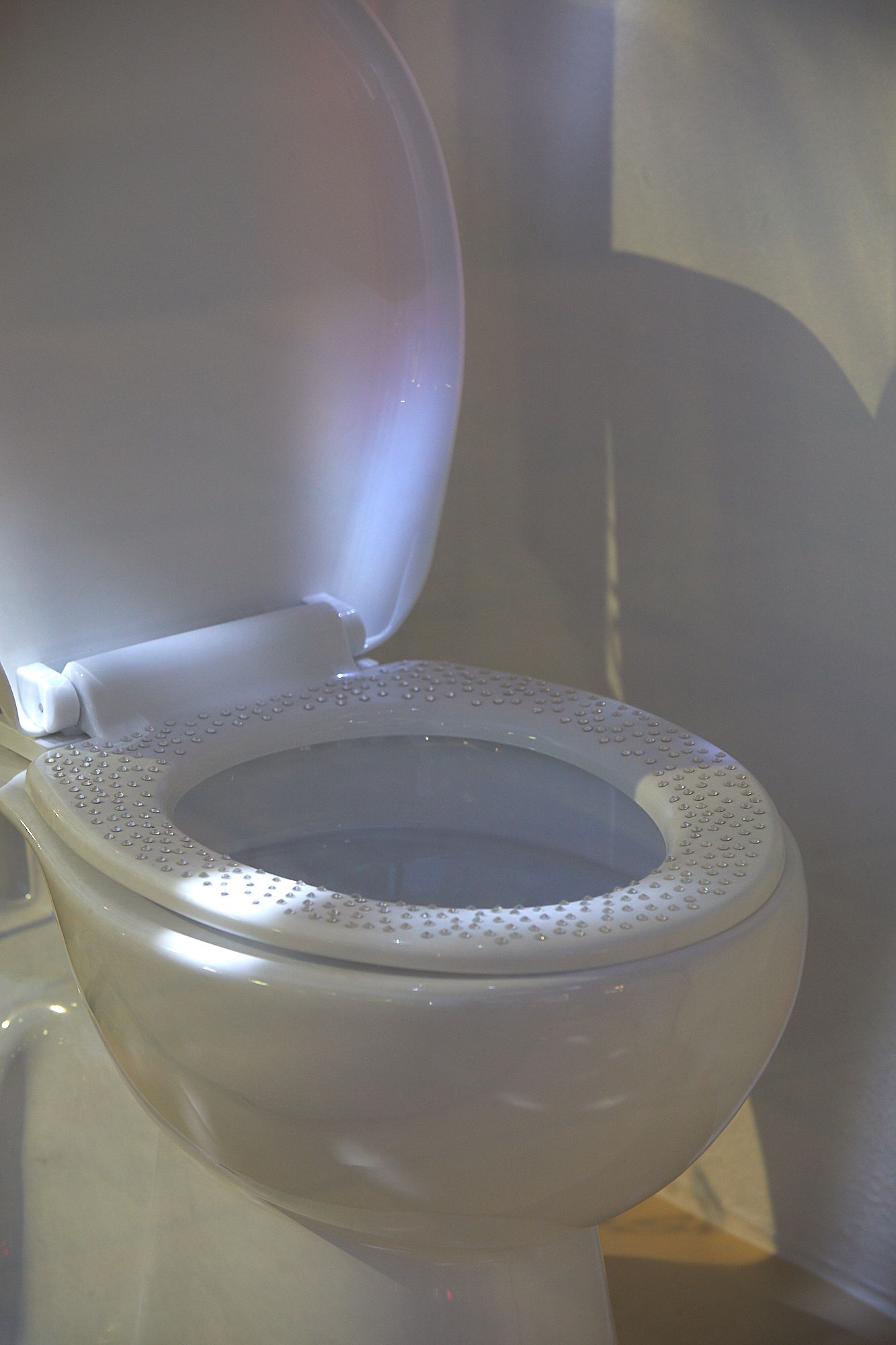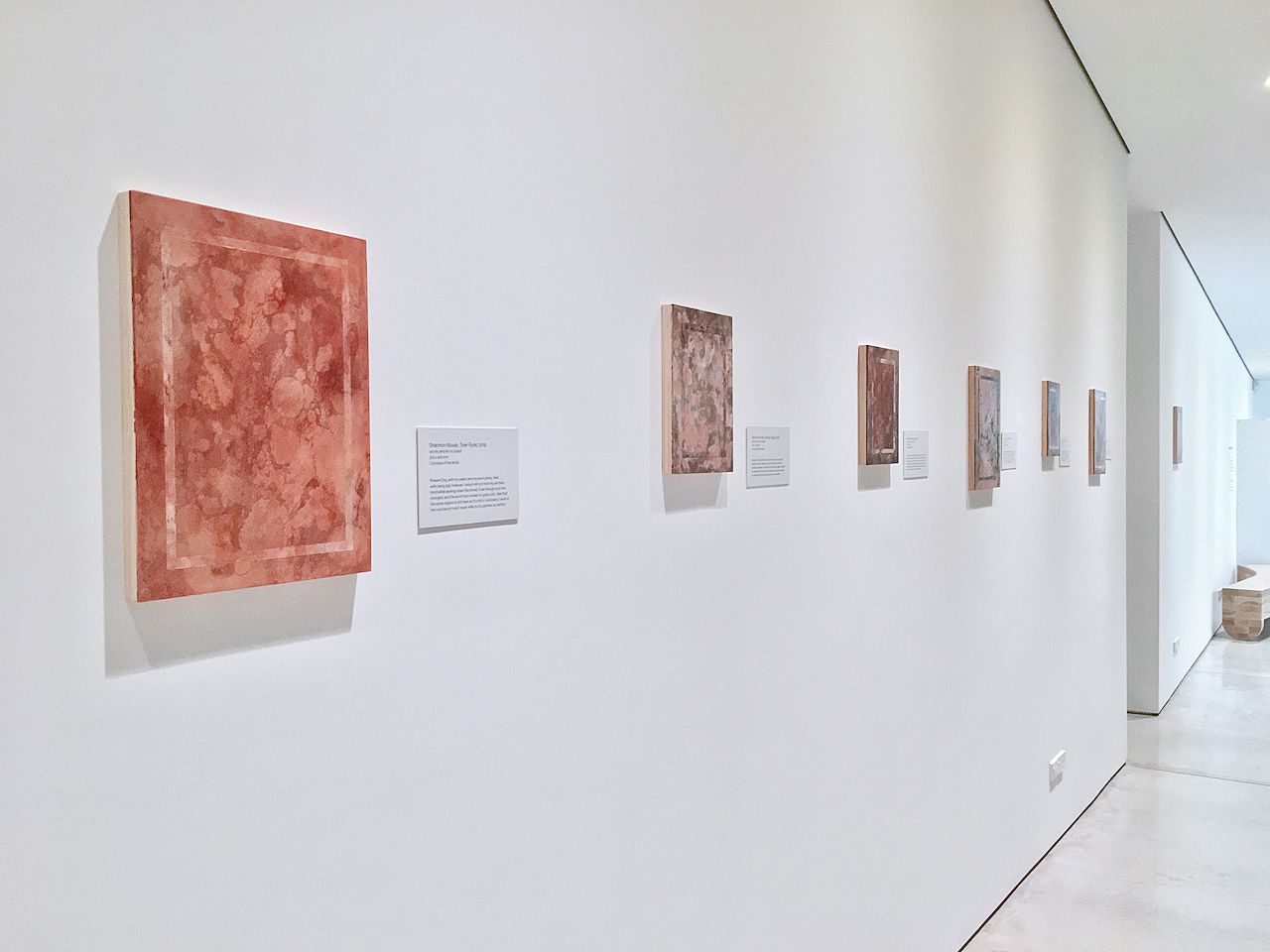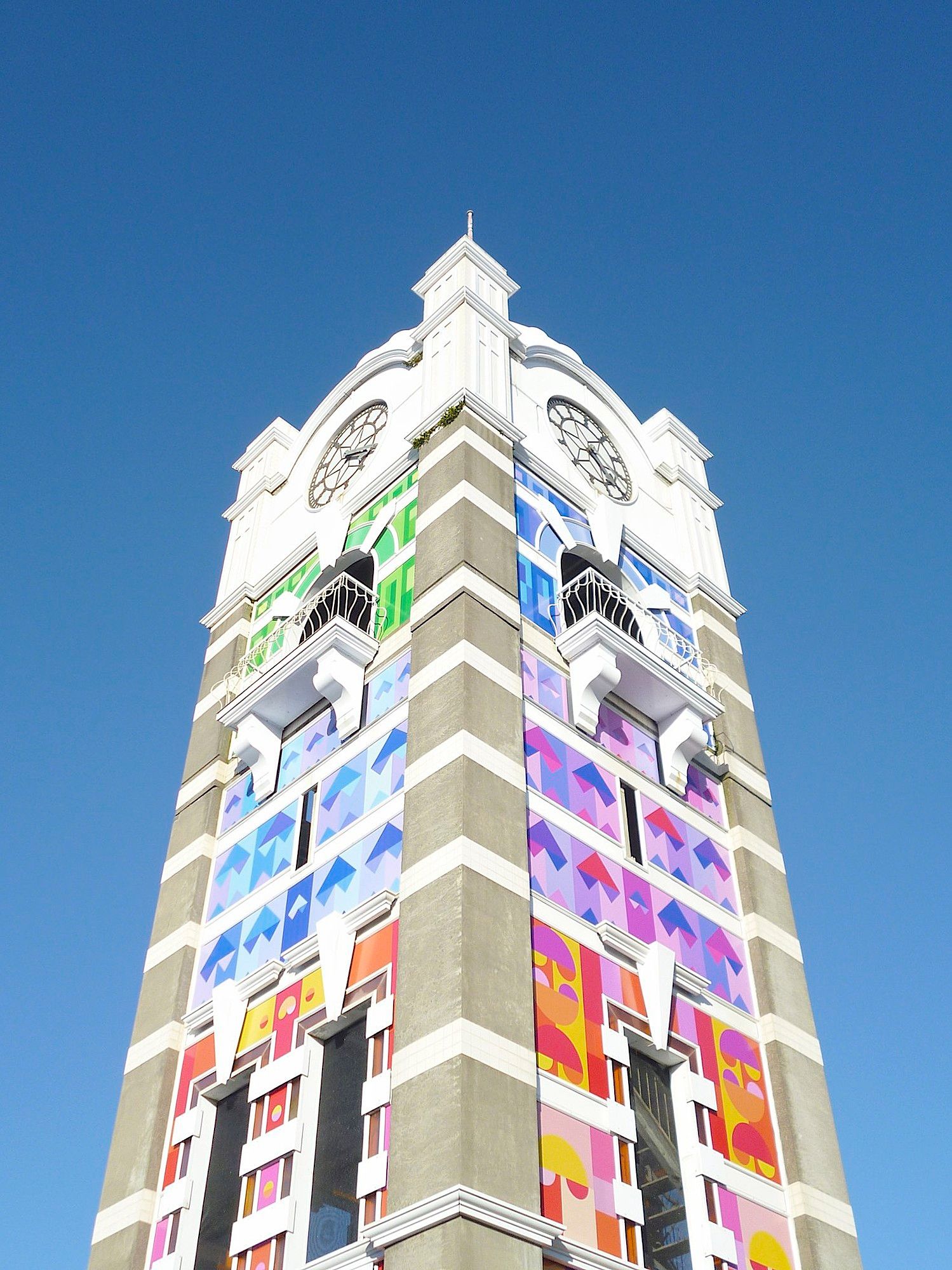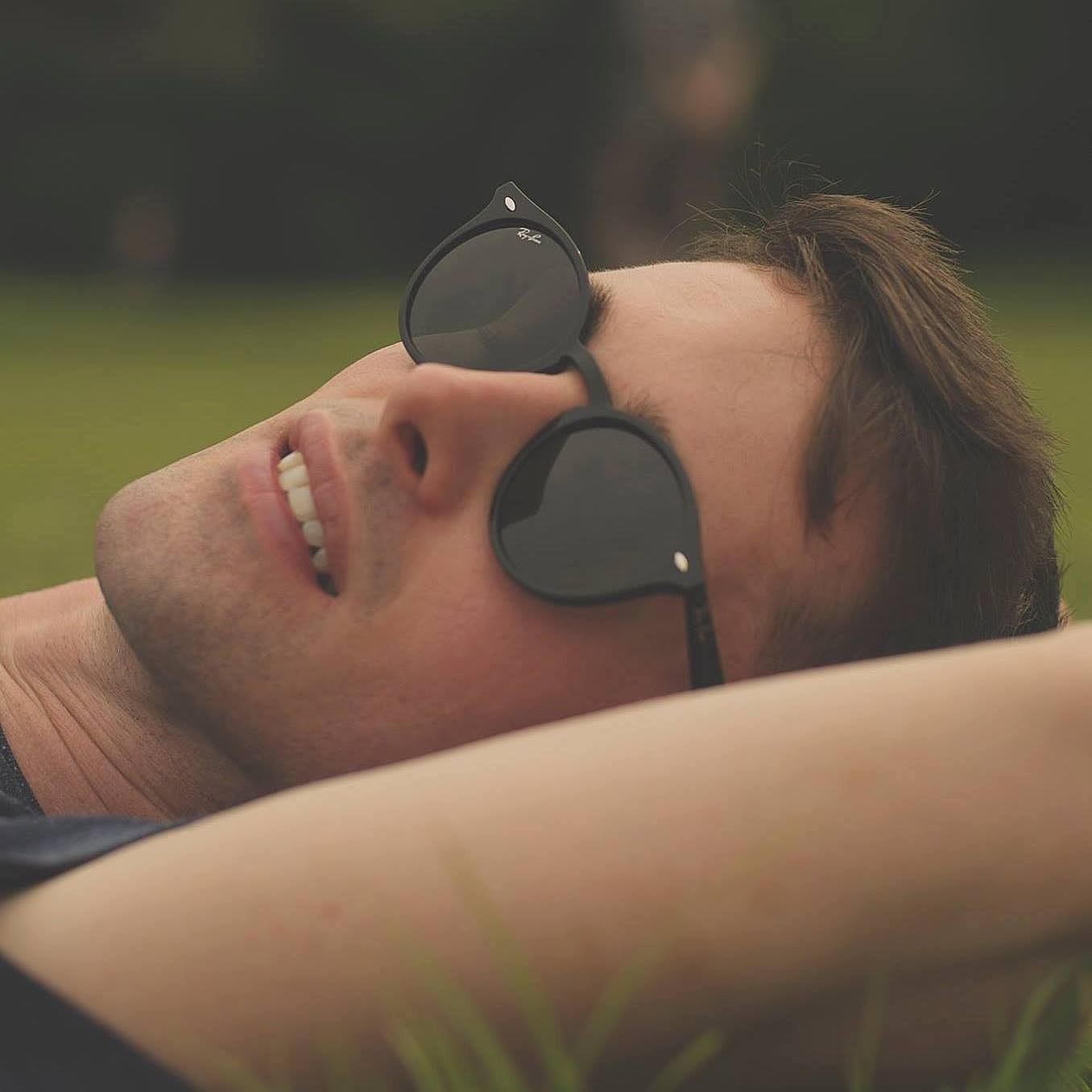Sex in the Gallery: Shannon Novak's 'Sub Rosa'
Francis McWhannell explores Shannon Novak's queer politics on show at the Govett-Brewster.
Francis McWhannell explores Shannon Novak’s queer politics on show at the Govett-Brewster.
In 1995 I lost my virginity in the New Plymouth Public Library toilets whilst waiting for my shift to start at PAK’nSAVE. It was an unplanned event that unfolded like a slow dance. We never said a word to each other; it was all eye contact. It was during a time I had no other means of meeting men in New Plymouth. I somehow felt and knew that the library was where I was supposed to be, where it was supposed to happen, behind closed doors, in a safe place away from home and the outside world. – Shannon Novak
Before going, I was afraid to go. The prospect of spending time in an avowedly queer space tends to produce in me an acute anxiety. I fear being judged: on the basis of my looks, my age, my ability to dance. At the same time, there’s a thrill. I am one of the lucky ones; I don’t spend my days hiding my queerness as it is clear some others do. Yet to have queerness as the norm is – to state the obvious – not the norm. Here at the dance party, I’m typical. Indeed, I might even be a little strait-laced. To my left is a young person in a jockstrap. To my right an older person in some sort of leather harness. I only have my shirt off.
In actuality, the atmosphere is one of acceptance, although it must be noted that this particular event is distinctly un-diverse, despite – or more likely due to – the fact that it has taken the place of the party organised by Auckland Pride in other years. The controversy over police marching in uniform in the Auckland Pride Parade has had an effect. Wider Aotearoa has discovered what many of us within the queer community have known for some time: that our group is as vulnerable to disagreement and division as any other. Suffice it to say, this party is majority male, majority cisgender, and majority white.
That is not to say that there are not people present from both sides of the schism. Those two men over there with their faces locked together might well have sat on opposite sides of the Pitt Street Methodist Church when the fate of the Pride board was being decided – the one horrified by the notion of queer people employed by that historically queer-hostile institution the New Zealand Police being forced back into invisibility and shame; the other horrified by the notion of historically marginalised people failing to empathise with peers who continue to be treated unjustly by law enforcement on the basis of something they can’t simply take off for the afternoon – whether skin or spirit.
Gays and bathrooms. It’s not something I’ve ever fully understood. Urinals give me terrible stage fright; they’re not in the least bit sexy to me
But tonight is not for retreating into anxiety. Tonight is for celebration. Imagine, if you must, that the women and trans people and people of colour have all just ducked out for some fresh air. Enjoy the overwhelming familiarity of the faces. Pay no mind to the fact that every person here must, logically, stand in for many more you’ll never meet. I float towards the toilets on a nearly sober high, smiling at the men streaming in and out of both bathrooms. This is as it should be! Fuck gender! Queuing for a stall, I preen in the mirrored door, admire the audacity of the SkyCity decorators. Is that really faux agate? A couple exits, no need to flush.
Gays and bathrooms. It’s not something I’ve ever fully understood. Urinals give me terrible stage fright; they’re not in the least bit sexy to me. Cubicles are similarly unenticing. Even the loveliest restaurant lavatory is not one I’m hurrying to share. Yet there are plenty of people who are not only unfazed by toilets but actively keen on them. A hangover, perhaps, from former days when public conveniences were cruising locations. Something that has embedded itself in the wider culture. There is, after all, no way either one of those people – early twenties at most – has had to pick up in an Exeloo. It’s 2019 and this is Aotearoa. Those who still feel compelled to live closeted lives have hook-up apps, don’t they? Dig no deeper into that thought. Wash hands thoroughly and get back to the dancefloor. That’s a great Gaga remix starting.
*
It can take great courage to make the deeply personal public. Recently, Shannon Novak made the decision to overtly explore aspects of his experience as a gay man. In connection with a residency in Switzerland, he produced a body of work exploring the phenomenon of gay conversion therapy, which remains legal and practised in Aotearoa, and which touched his own life when a former boyfriend elected to undergo ‘treatment.’ In January 2019, he presented 17 Years at Anderson Rhodes Gallery in his hometown of New Plymouth. Traversing painting, sculpture and installation, the exhibition looked at Novak’s first 17 years growing up closeted in Taranaki, emphasising in particular the role of religion in shaping or deforming his attitudes to his queerness.
Sub Rosa picks up more or less where 17 Years left off. It takes as its departure point the moment in 1995 when the artist lost his virginity in the toilets of what is now Puke Ariki. In the window of the Govett-Brewster Art Gallery, Sub Rosa (Intro) recreates the bathroom, placing on display a kind of space typically associated with bodily functions we might find embarrassing or shameful – things we tend not to discuss. There’s something of a parallel in the condition of being closeted. If queerness is a dirty subject, muttered behind a hand if mentioned at all, who’s going to fess up? Among the reasons for cruising in a public bathroom are the absence of public romances, the absence of private spaces for experimentation. Yet work-arounds are found. Sites are carved out for the expression of inherent sexuality. Belonging is enacted, if only out of sight.
Novak’s bathroom is in fact a reimagining as much as a recreation. It is unsullied. There’s none of the graffiti (homophobic or otherwise) one might expect to find in a public toilet, no loo paper confetti. Moreover, the space is in a state of transformation. Typical accoutrements of gayness – as understood by a teenager of the 1990s – move it from a site of the most basic to the most fantastic. The seat of the toilet proper, where the sex act occurred, has been lovingly rhinestoned, like the gown of some legendary drag queen from a big city somewhere. A disco ball hangs overhead. The room pulses with sex-oriented clubhouse hits of the time: ‘One Night in Heaven’ by M People, ‘Be My Lover’ by La Bouche. This is a rare place where Novak can transcend his everyday life – learning about himself and other men who have sex with men.
Such men, and other queer people, occupy an important position in Sub Rosa. The presentation is immediately and intimately biographical, but not exclusively so. Where 17 Years focused on the artist’s own experiences, Sub Rosa looks outward and toward a community by turns real and elusive. Living in New Plymouth sub rosa (‘under the rose’), in a state of pink-tinted secrecy, has not been, and is not now, uncommon. Novak hints at this situation in a series of painted works that line a corridor leading to the toilets inside the Govett-Brewster, activating the usually empty, marginal and transitional area. The paintings take the form of abstract portraits, evoking the subjects through colour, pattern, and texture.[1]
The individuals represented participated in a survey circulated by Novak among queer people who grew up in Taranaki in the 1990s – people whom he might have met had the environment been more open. Most of the respondents were found via the gay dating app Grindr (allowing the artist to home in on Taranaki without physically being there), and most still live in the region. In total, he engaged with 125 individuals. Eight gave permission for their responses to be made public and to inform the portraits. The titles of the works reflect the names preferred by the respondents – some choosing to be identified by their full names, some giving a first name or pseudonym, one wishing to remain wholly anonymous.
The stories of the interviewees provide insight into the experiences of queer people in Taranaki (and no doubt much of Aotearoa besides) between the 1990s and the present day. Past feelings of isolation are common, as one might expect, but so are ongoing concerns about the limitations of acceptance. The accounts tend not to be weighed down by pessimism, instead exhibiting a certain upbeat, matter-of-fact quality. Several respondents suggest that although New Plymouth has “all of the mod-cons you expect in larger cities” it is still a smaller and more rural community, and thus bound to be slower to take on new attitudes and ways of being.[2]
In seeking to translate the accounts into a visual language, Novak has taken up new ways of making. For many years, his graphic works – whether in paint or other materials, such as vinyl – have centred on a kind of tight geometric abstraction. His conceptual interests have been many and varied, but the majority of his pieces have been characterised by bright colours and bold shapes, by harmony and sensory delight. A classically trained musician, Novak has ostensibly aimed for something of the immediacy of music, creating work that will inevitably strike a sensuous chord in those to whom sight is available, even if individual responses vary.
The paintings in Sub Rosa remain sensuous but are otherwise a stark departure. A single geometric element ties them into Novak’s wider practice: a painted frame set in from the perimeter of each work. This visual device – together with the uniform format of the panels – also serves to link the portraits, quietly cuing a community. It is possible to read the frame as a problematic entity, something that limits vision, a box into which few truly fit. For my part, I’m inclined to think of it not as a structure imposed but as a grasping for order, an attempt by each person represented to find a stable form from within.
The portraits possess nothing of the ebullient colouration one tends to associate with Novak’s practice. The dominant tones are those of flesh: pale pink, ferrous red, deep brown. Also gone are the heightened order and perfectionism of earlier works. The panel-bodies are battered and bruised. After applying layers of paint, Novak has gone in with abrasive chemicals and tools, scraping, scrubbing and burning away portions of the pigment. This destructive and haphazardly generative process is intended, in part, to reflect the experience of trying to find comfort in one’s own skin, while being subjected to external forces quite beyond one’s control.
The works provoke in me multiple reactions, conjure up multiple reference points. Looking once, they appear decidedly organic, and unhealthily so. The splotches covering the surfaces recall blooms of mould on the ceiling of an under-ventilated and unkempt room, or bacterial colonies swamping a petri dish of agar. I am reminded of the characterisation of gay men as ‘sick,’ as well as the stigmas surrounding HIV/AIDS.[3] Looking again, I see the ghost of a handsomely bound book, the frame suggesting an embossed cover, the delicately coloured patterning marbled endpapers. The works take on the aspect of journals of private desires, or perhaps novels into which to escape a less-than-wholly-satisfying given.
Having long worked with a well-defined set of aesthetic aims in mind, relinquishing control, permitting the accidental and inviting in forms that strike him first as ugly presents a challenge, and one that induces no small amount of anxiety
Novak has commented that the making process has meant stepping decisively outside his comfort zone. Having long worked with a well-defined set of aesthetic aims in mind, relinquishing control, permitting the accidental and inviting in forms that strike him first as ugly presents a challenge, and one that induces no small amount of anxiety. This anxiety, like the loss of structure from which it stems, is naturally appropriate to the subject matter. Novak is taking on some of the emotional turbulence perceptible in or between the lines of the accounts he has been provided. But the discomfort also resonates with what Novak calls his “coming out in his practice”: laying out his life before his hometown, quite unable to control the noises or silences with which it might be met.
This is not to suggest that Novak’s previous works were disconnected from queerness, nor that they were easily won and fundamentally merry. On the contrary, he has commented that – as with the Japanese artist Takashi Murakami (most famous for images of gaily smiling polychromatic flowers) – much of his work has emerged from dark places. It has also been imbued with aspects of queerness. His Odic Time Piece, which saw the artist cover the New Plymouth Clock Tower with a panoply of brilliant geometric forms in 2011, might have delighted citizens with its outward joyfulness, adding a new signature to a charming (if deceptively recent) piece of architectural heritage. However, Novak has also observed that the work covertly answered the invisibility he had felt growing up gay in the city, converting the tower into a rainbow monument and suggesting that there would be no ‘turning back the clock.’
Nevertheless, Sub Rosa represents a newly explicit and newly challenging exploration of queerness by the artist, countering his easy-to-adore paintings and installations with works that are markedly more visceral and express more sharply charged emotions.[4] I am reminded rather of the dichotomy between the ideal queer person – well-presented, light-hearted, amusingly campy – and messier lived realities. One branch of Novak’s practice is welcome at the company Christmas party or on the Pride float. The other just made everyone feel uncomfortable by pointing out that he had ‘fucking faggot’ spat at him in the street yesterday afternoon.
The final elements of Sub Rosa are perhaps the most challenging. A large infographic baldly conveys a statistic. The 125 people surveyed by Novak were asked: “Is New Plymouth accepting of the LGBTQI+ community?” Ninety-two percent responded in the negative. In recognition of this reality, Novak has created Sub Rosa (Outro), an intervention in the Govett-Brewster toilets. These are unisex (a mark of the progressive nature of the gallery), the door to each stall bearing a pair of conventional man and woman symbols. Novak links the heads of the two figures with a rainbow. In so doing, he subtly draws attention to the fact that the icons, while cross-linguistically legible, are rather out of date, equating womanhood with a dress and tending to reiterate a binary (either male or female) we should know by now to be illusory – sex and gender both being on a spectrum.
Moreover, though, the symbol is intended to mark the bathroom out as a safe space for queer sex acts. Here it is okay to catch someone’s eye, forge a connection, exit without flushing. Whether anyone will have the courage to actually use the toilets for this purpose hardly matters (though I must confess I’m pleased by the idea of the Govett-Brewster becoming a known hook-up location). What is significant here is the gesture. It’s tempting sometimes to downplay the sex in queer sexuality, to centre emotional love in the scene and keep any love-making out of frame. No doubt there are more than a few people tutting at the current AIDS Foundation campaign and its billboarding of casual sex, group sex and the open relationship. But to remove sex from the matter is as impossible as it is risky. The problem is not the mess of our bodies and what we do with them but the persistent silences that scream the abhorrence of some messes only.
*
Like many, I am eminently grateful for the advances won by previous generations, and encouraged by the rapidity with which Aotearoa has changed from a place widely – and often very openly – hostile to queerness to one of the safer countries in the world in which to be queer.[5] Yet, every day, insights into the limitations of our current situation are available: the (to me baffling) pervasiveness of gender-segregation in formative sites such as schools, which would seem not only to reinforce the marginalisation of people who do not fit the binary, but also practically to guarantee ongoing aggression towards queer people and women; the persistently high rates of mental health problems and suicide for queer people, and especially youth; the refusal by many to accept that our ‘corrections’ system is in dire need of reform, including for the wellbeing of transgender people.
These are more substantial issues to work through as we attempt to make Aotearoa still more accepting of queer people. But there are also smaller moments in which those of us who are not straight or cisgender or binary are reminded that our normal is not yet the normal of the whole. Starting a new job at an organisation with a policy of inclusivity but no way of protecting against the inadvertent facial quiver. A hotel clerk checking whether you and your partner booked a room with one bed only by mistake. A friendly Zoomy driver asking whether you have a girlfriend, any kids, and your decision – just in case – to avoid using any pronoun that might too strongly contradict the assumption that has been made.
The experience of being a queer person, for all its pleasures and delights, often throws up new coming-out moments
The experience of being a queer person, for all its pleasures and delights, often throws up new coming-out moments. Sub Rosa is valuable, even necessary, because it gets at the mismatch between a complacency that many in Aotearoa (queer people included) want to lean into and the understanding that change tends to come from compassion-driven agitation. Self-congratulation and glossing over the uncomfortable are not approaches we can afford to indulge in too often. Vigilance – as with racism, as with inequality, as with persecution on the basis of religion – must be constantly maintained to ensure that perceptions of our reality are based on the lived experience of the most vulnerable, as much as on the nice sentiments of those most at ease.[6]
I find myself wondering how I would respond if Novak were to ask me today: “Is Tāmaki Makaurau accepting of the LGBTQI+ community?” I suspect I would be inclined to answer in the affirmative. I am fortunate to have gone the best part of my adult life not fearing for my life. I am usually confident enough to out myself when needed, share some of the ins and outs of my personal life, proffer some thoughts on what all is going on with the gays right now. But I am also, undeniably, one of the lucky ones. I think of the survey response of Cameron S Curd: “The rise and rise of hate crimes around the world hasn’t reached New Plymouth yet from what I know, but with the way things are in the world at present, I wouldn’t be surprised to read about it in the paper.” Increasingly – for all my good fortune and genuine optimism – neither would I.
*
Addendum
Shortly after completing this text, I passed it to my partner, Kaan Hiini, to read over. He alerted me to an incident of which I was unaware, a homophobic attack on journalist Aziz Al-Sa’afin and a friend. This took place during Auckland Pride in February 2019 on K’ (Karangahape) Road, which has long been associated with, and considered a ‘safe space’ by, queer people in Tāmaki Makaurau.
*
This piece is dedicated to Israel Folau.
[1] Novak has created various abstract portraits in the past. In 2016, for instance, he produced a multimedia likeness of the late Jonathan Mane-Wheoki. A visual element made of vinyl on aluminium was used for the cover of a festschrift in honour of the academic.
[2] This state of affairs appears, in some measure, to be self-perpetuating. Many queer people evidently move away from home in search of a more inclusive environment. Unfortunately, however, this diminishes the local queer community and its visibility.
[3] Incidentally, I am also reminded that a Taranaki photographer, Fiona Clark, was among the first artists in Aotearoa to engage with and honour people living with the illness.
[4] Even the paintings in 17 Years, much closer to those in Sub Rosa, are relatively lovely and delicate – more clouded than burned, more ethereal than guttural.
[5] It is perhaps worth noting the awful impacts of colonial and Christianising projects on peoples historically tolerant of certain kinds of queerness.
[6] Our energies should also extend beyond the shores of Aotearoa, but that conversation must remain for another day.
Sub Rosa
Shannon Novak
Govett-Brewster Art Gallery
6 April – 21 July 2019
This piece is presented as part of a partnership with the Govett-Brewster Art Gallery Len Lye Centre. They cover the costs of paying our writers while we retain all editorial control.
